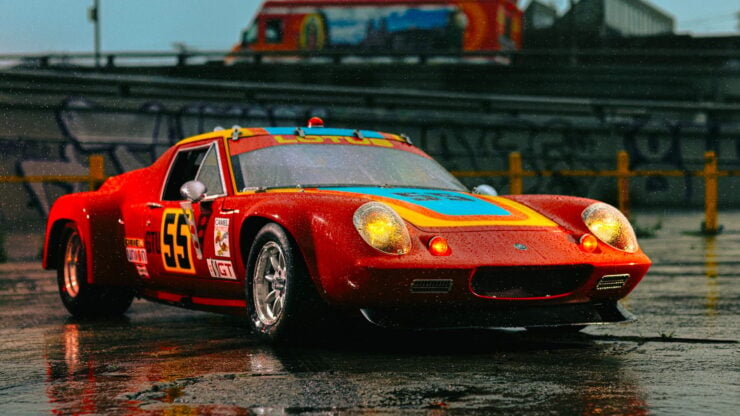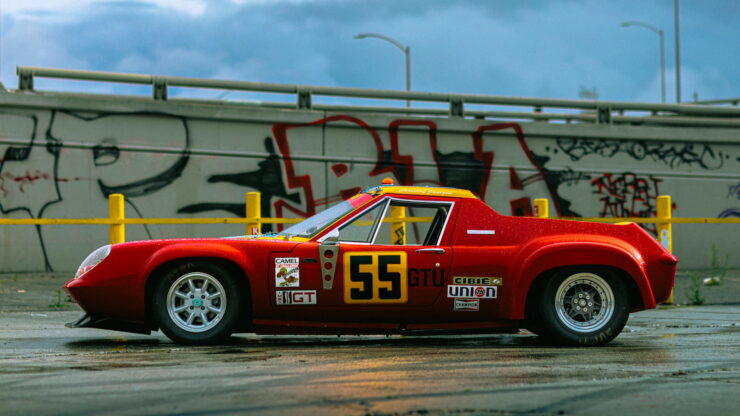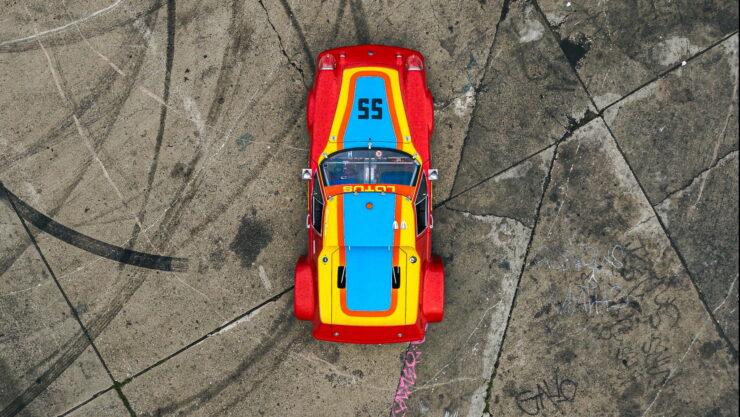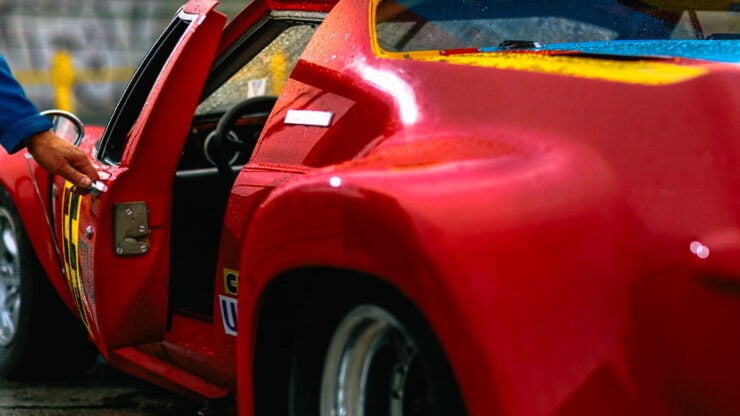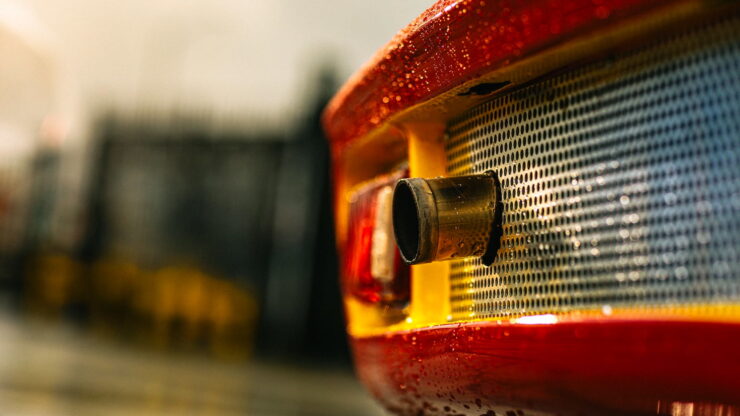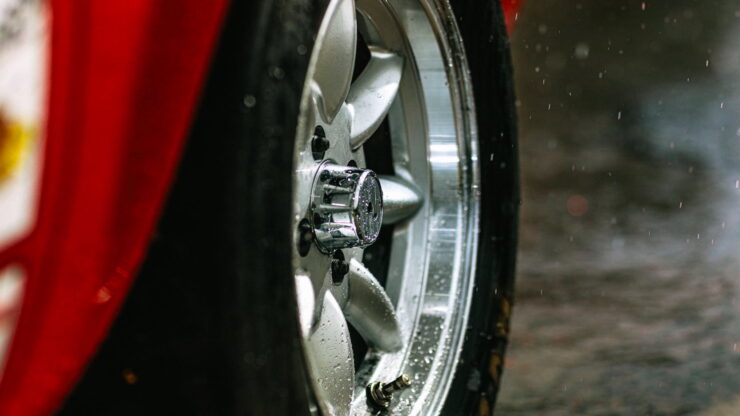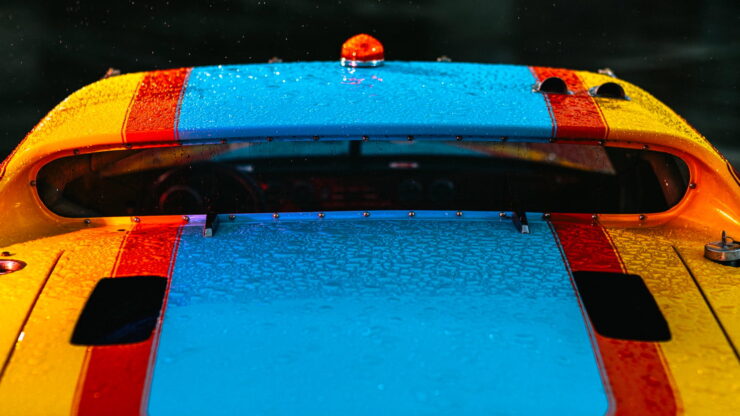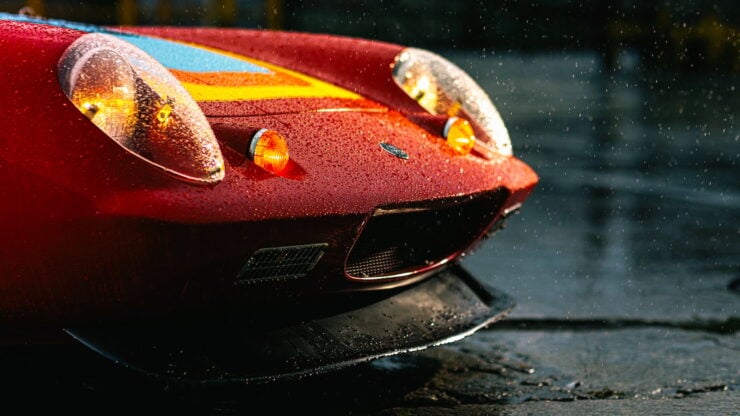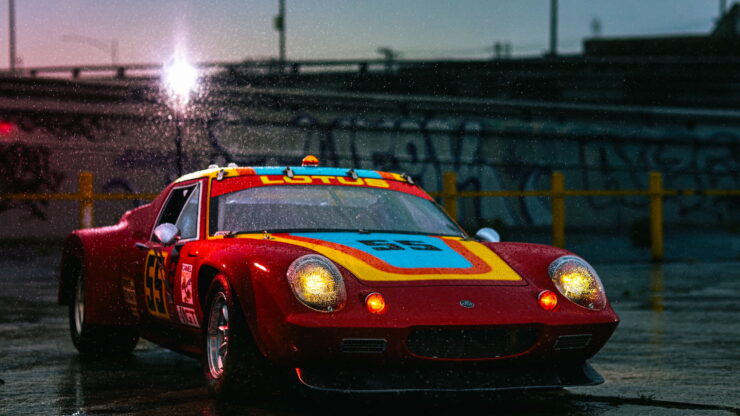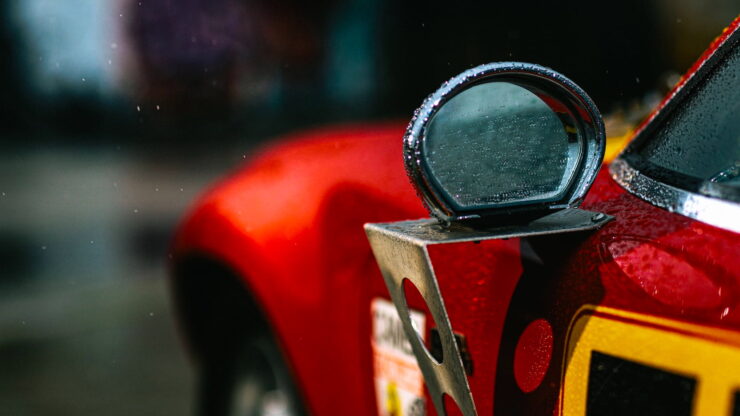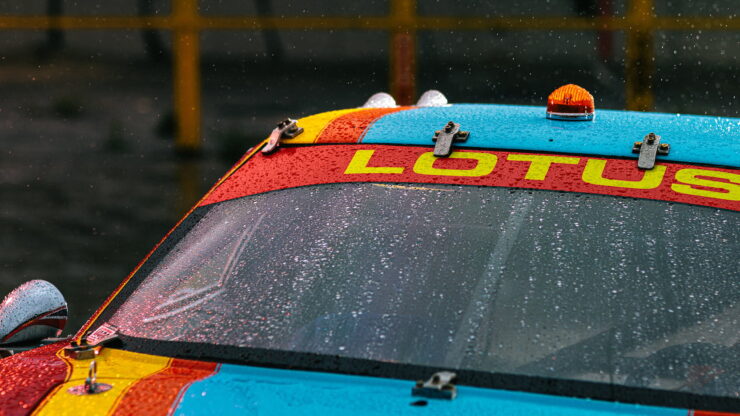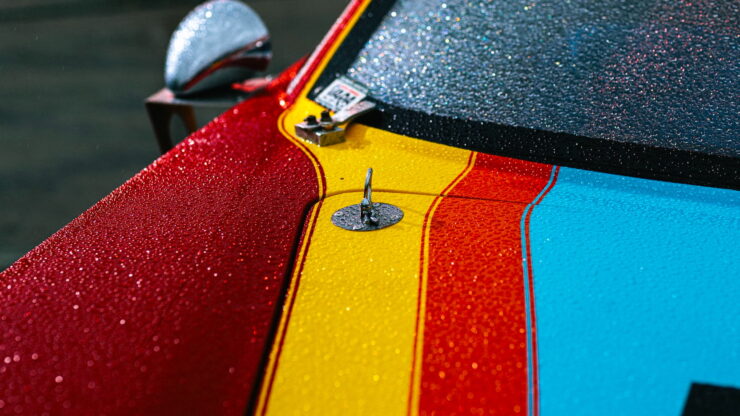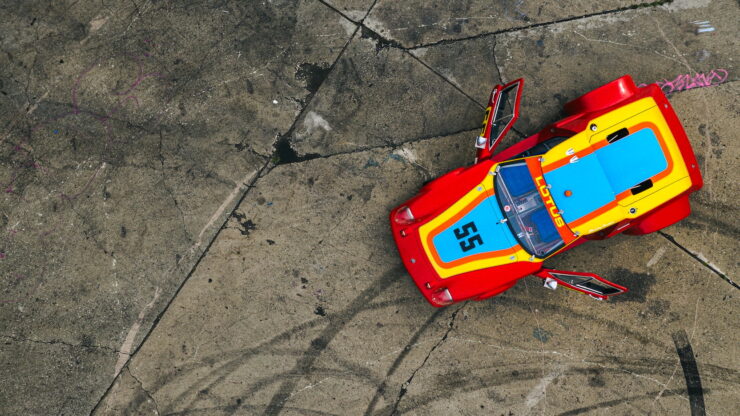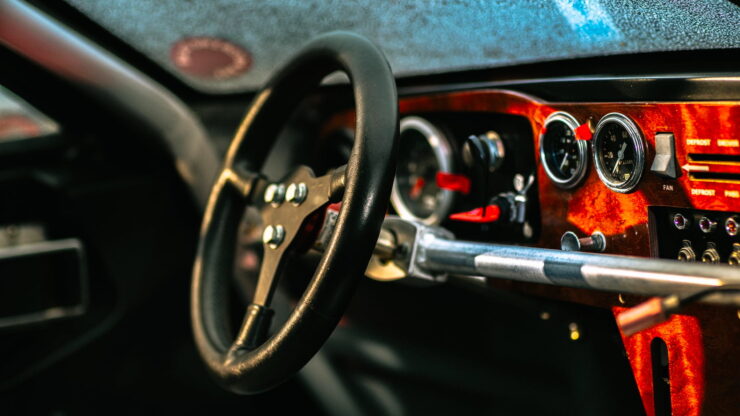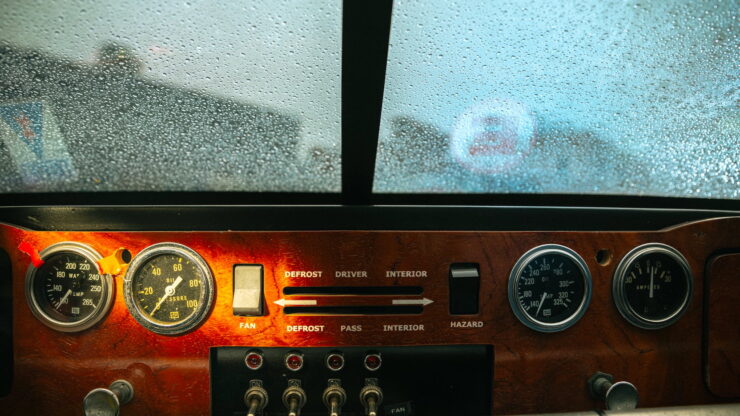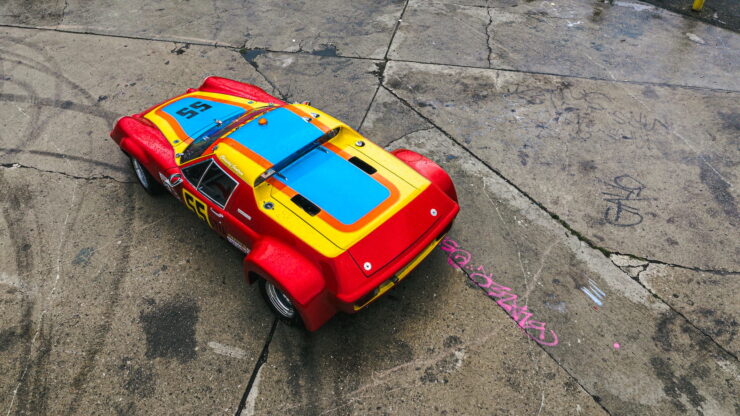This Lotus Europa is a road racer that competed in the 1978 Daytona 24 Hours after being comprehensively rebuilt into a dedicated race car capable of taking on the best in the world.
Automotive writer Peter Egan once said “Racing makes heroin addiction look like a vague wish for something salty.”
This pearl of wisdom was certainly true for the first owner of this Europa, who bought it as a regular factory-built JPS car before having it comprehensively transformed into a racer – he did this after he had competed at Daytona in it in 1976, and realized it had the potential to be far quicker.
Fast Facts
✱ This Lotus Europa first competed at Daytona in 1976, the racing bug bit the owner and he spend a small fortune converting it into a world class race car.
✱ The original engine and transmission were replaced, Porsche 914 wheel arch extensions were added, along with new suspension and brakes.
✱ The car was then driven in the 1978 Daytona 24 Hours by Emiliano Rodriguez and Hiram Cruz, they started in 58th position and finished a respectable 14th in class, covering 402 laps in 24 hours.
The Lotus Europa – A Mid-Engined Sports Car For The People
The Lotus Europa was born with motor racing embedded deeply within its DNA, it was developed as a mid-engined sports car by the same folks who were building world championship-winning Formula 1 cars, and it was priced to be considerably more affordable than the exotic offerings from companies like Ferrari and Aston Martin.
Above Image: The graceful lines of the Europa have been significantly enhanced, with Porsche 914 wheel arch extensions and much wider rubber.
The Europa was introduced in 1966 as one of the first mid-engine production sports cars in the world. Formula One cars had proven this configuration to be optimal for racing, and Lotus had won both the 1963 and 1965 Formula 1 Constructors’ Championships using the same fundamental layout.
Lotus founder Colin Chapman was a rare breed, both an exceptional engineer and a savvy businessman, and he quickly realized that a mid-engined sports car from a company that was building the most successful F1 cars in the world at the time would likely be a good seller. Particularly if he could keep the price down.
The structural design of the Europa was somewhat similar to the earlier Lotus Elite. Both cars used a steel backbone chassis with a fiberglass body, this helped keep the weight low and it also meant that Lotus didn’t need to invest in expensive steel stamping equipment.
Chapman was a master of sourcing parts from unusual locations and the Europa is a great example of this, the rack and pinion steering came from the Triumph Herald, with the engine and transmission coming from the Renault 16. Later versions of the car used the Lotus Twin Cam engine resulting in a significant power gain, however those earlier Renault-powered cars proved to be remarkably cheap to run and maintain.
Lotus kept the Europa in production from 1966 until 1975 when it was replaced with the Lotus Esprit, which used a very similar structural design to its forebear with a modern angular body penned by Giorgetto Giugiaro.
The Lotus Europa Road Race Car Shown Here
The Europa you see here started out as a John Player Special (JPS) car with the popular Twin Cam engine, it was delivered to its first owner in 1973 and he promptly began racing it. It became quickly apparent that the car could be significantly faster with some work, so a comprehensive rebuild began.
Above Image: With period racing history in the Daytona 24 Hours this car would be a welcome entrant in many vintage motorsport events today.
The Daytona Europa Specifications
The original Twin Cam engine was removed and replaced with a new engine built by Pick’s Racing Engines, they started with a Cosworth BDA block and added flat-top CP pistons, CP rings, Carillo connecting rods, a Marine crankshaft, and a Moroso engine pre-heater.
The completed engine had a compression ratio of 12:1, dual Weber 45 DCOE carburetors, custom stainless-steel exhaust headers, a dry-sump lubrication system, and a Mallory ignition. Power was vastly improved and as a result the original Renault gearbox was never going to survive, so it was replaced with a race-spec 5-speed Hewland transmission.
The hub carriers and other suspension pieces were replaced with heavy-duty components and Porsche 914 wheel arch extensions were added to help cover the new 13 x 9 (front) and 13 x 11 (rear) Jongbloed alloy wheels.
The completed car was driven in the 1978 Daytona 24 Hours by Emiliano Rodriguez and Hiram Cruz, they started in 58th position and finished a respectable 14th in class, covering 402 laps in 24 hours.
In 2014 the car was given a detailed restoration back to the configuration it was in when it raced at Daytona, since the restoration was completed the car has raced just twice, and would now make an excellent entry into the world of vintage racing for a new owner.
Mecum will be offering the car in mid-August at their Monterey Auction, if you’d like to read more about it or register to bid you can click here to visit the listing.
All images provided by Mecum Auctions
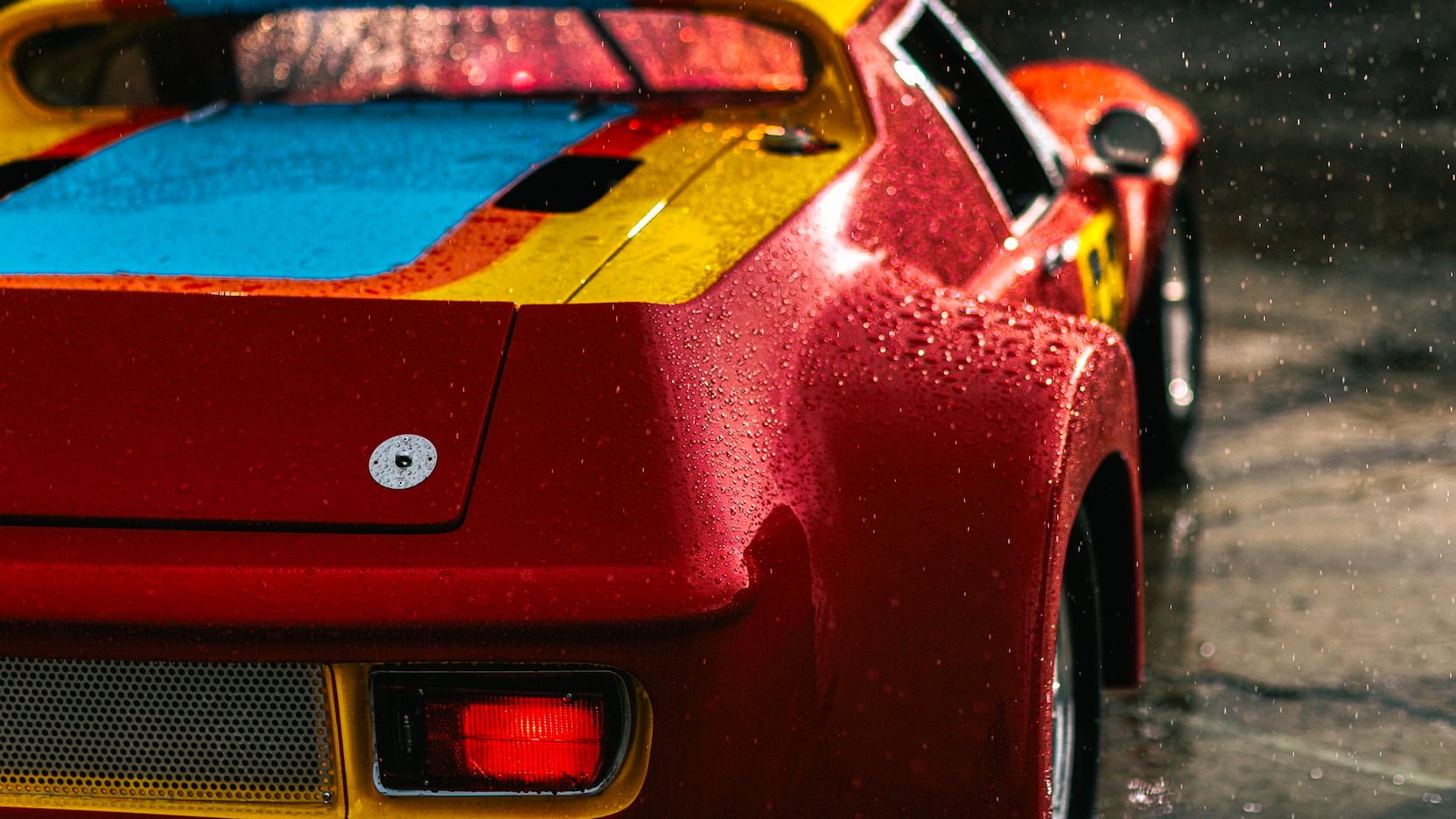
The post A Highly-Modified Lotus Europa Racer – 24 Hours of Daytona Veteran appeared first on Silodrome.
from Silodrome https://silodrome.com/lotus-europa-race-car/
via gqrds
